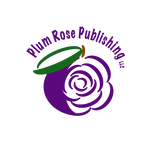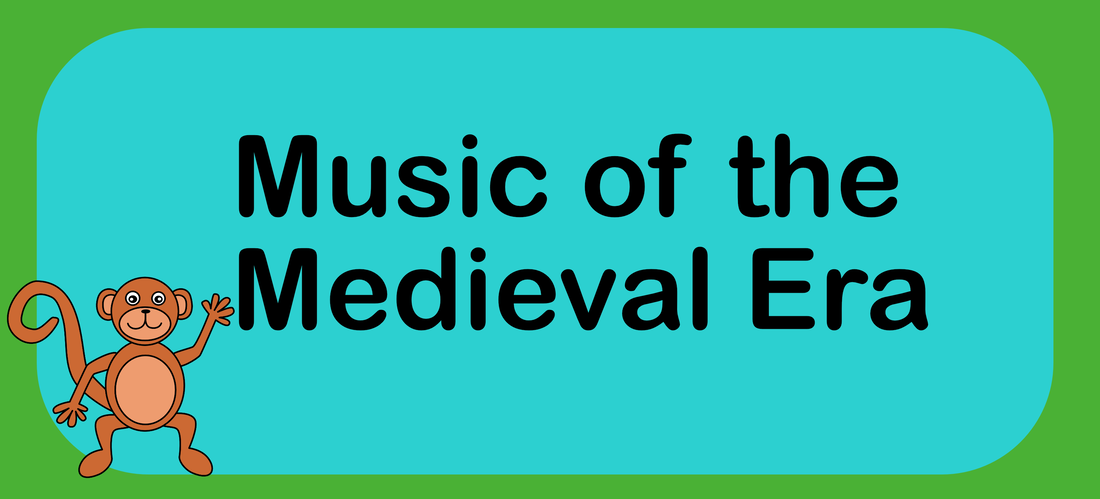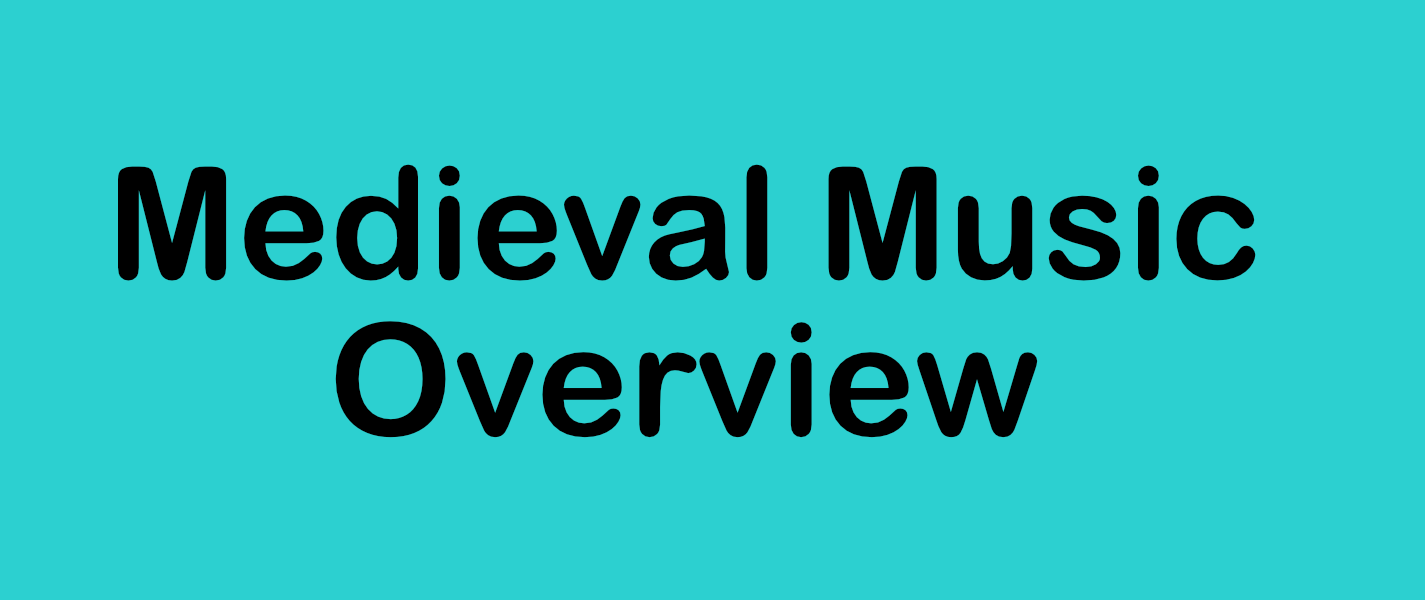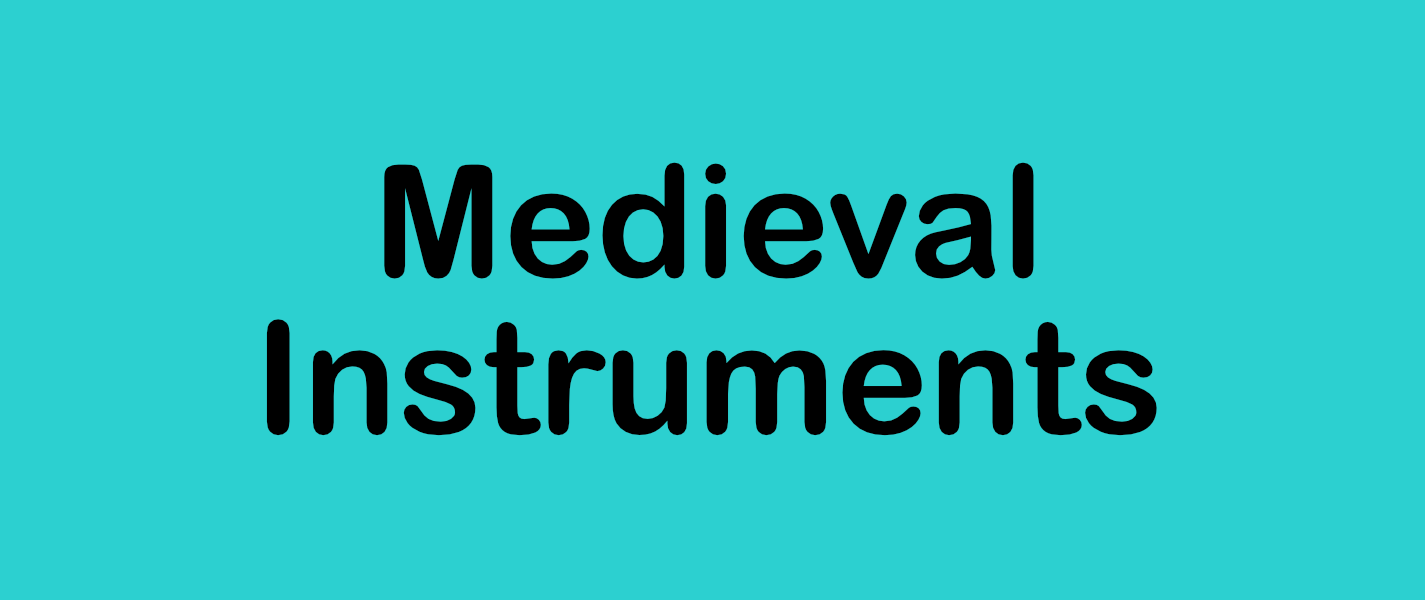The History of Medieval MusicFrom the instruments to the composers, here are some fun facts about the Medieval music era.
Medieval music is divided into three periods: early medieval music, high medieval music, and late medieval music. EARLY MEDIEVAL MUSIC Early medieval music was mostly composed of chants or what is called ‘plainsong.' This song was a single melody without an accompanied harmony. Eventually, chants would incorporate another voice in parallel above the first voicing. This was called “organum” and is the beginning of modern counterpoint and harmony. HIGH MEDIEVAL MUSIC High medieval music was more advanced than the previous plainsong of the early period. Poet-musicians called goliards wrote and sang songs in Latin. Many of the songs during this time were religious, but the goliards sang songs about everyday life. We call this non-religious music secular music. Many of the lyrics have survived in the medieval text The Carmina Burana. Professional musicians called troubadours (troo-buh-doors) and trouvères (troo-ver-ays) wrote secular poems, songs, and dances. Many traveled from place to place, as they were hired by wealthy noblemen or women. LATE MEDIEVAL MUSIC Late medieval music was very diverse. In fact, music began to get so specific in different parts of the world that different countries began making their own kinds of music. In France, they began working with a practice called ‘Ars nova’ which means “new art”. In this new art secular music gained a more advanced type of melody. Even though this term mostly applies to French music, it is often used to describe all music from this part of history. In Italy, their musical movement was called ‘Trecento’. Much of the musical traditions of this time would continue into the next major time period, the Renaissance. |
Medieval Vocabulary Termsflute - A wind instrument made from carved wood with simple holes which when pressed, change the pitch of the instrument played horizontally.
dulcimer - A large, board-like instrument covered in strings of different lengths to produce different tones. recorder- A wind instrument with holes that when covered, make different pitches played vertically. vielle - A large, handheld instrument that was played much like a violin, with a bow. plainsong - A single melody without an accompanied harmony. organum - A form of early polyphony based on plainsong from the Medieval Era. goliards - Poet-musicians who wrote songs in Latin that had every day themes. troubadours and trouvères - Professional musicians who wrote songs with every day themes. Ars Nova- "New Art" French secular music from the Medieval Era. Hildegard Von Bingen - A German author, composer, philosopher, mystic, visionary, and medical writer and nurse. Critical Thinking Questions
|
Download a free crossword about Medieval music
| medieval_crossword_answers.pdf | |
| File Size: | 82 kb |
| File Type: | |
| medieval_era_crossword.pdf | |
| File Size: | 93 kb |
| File Type: | |





